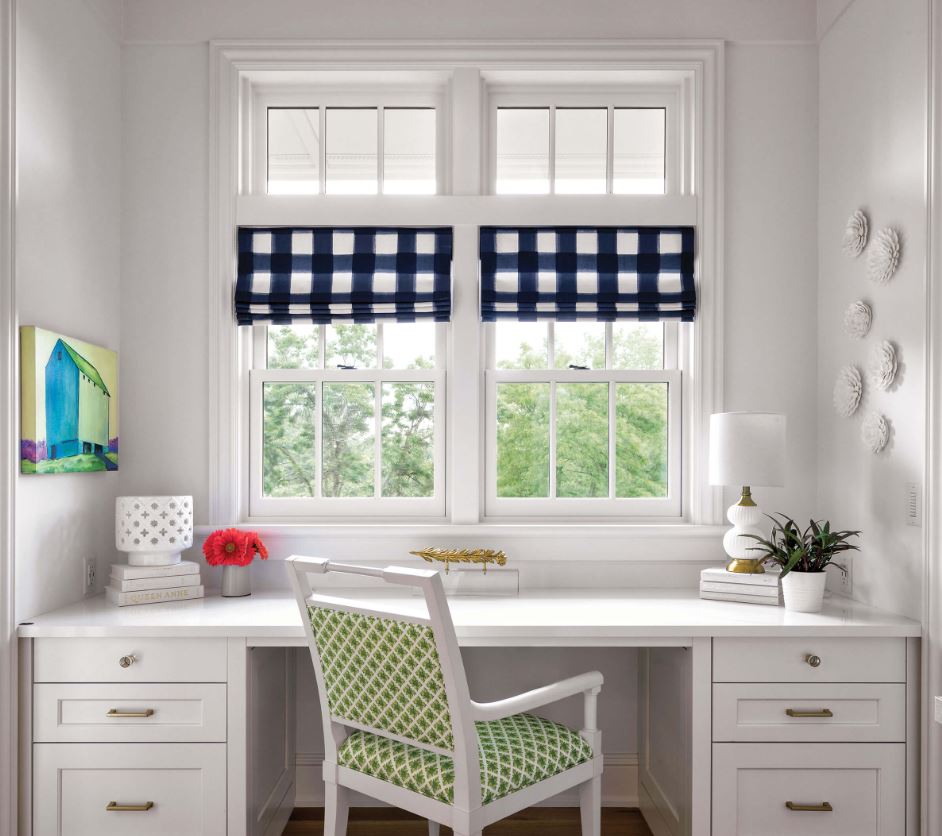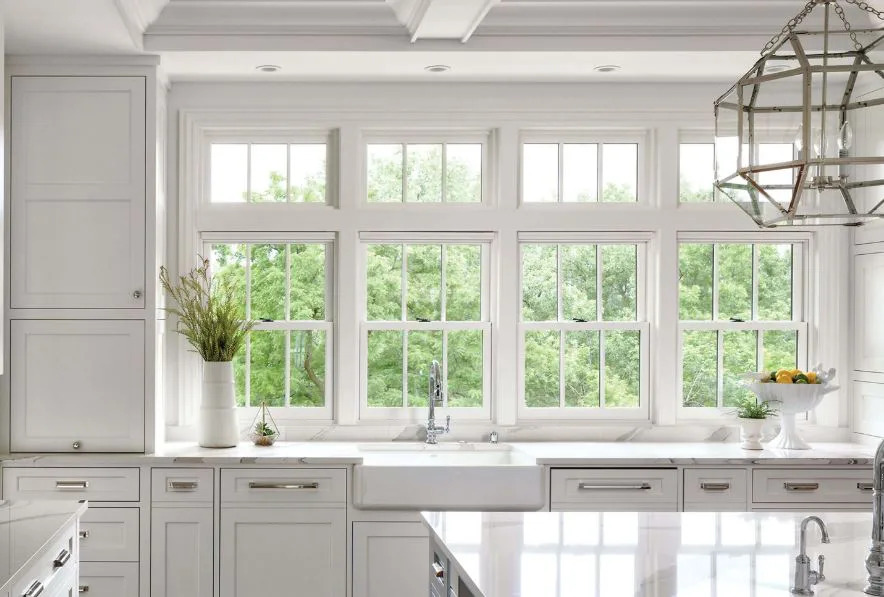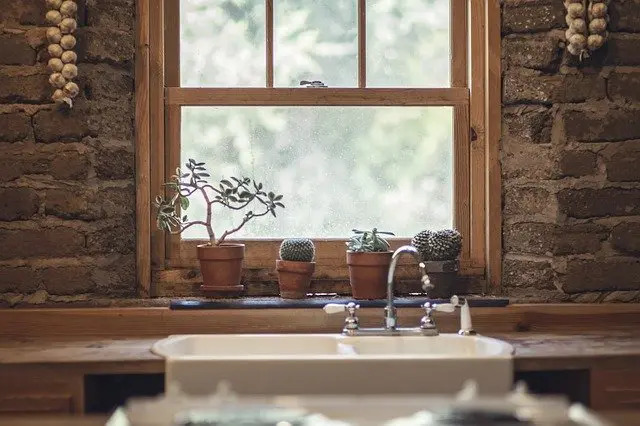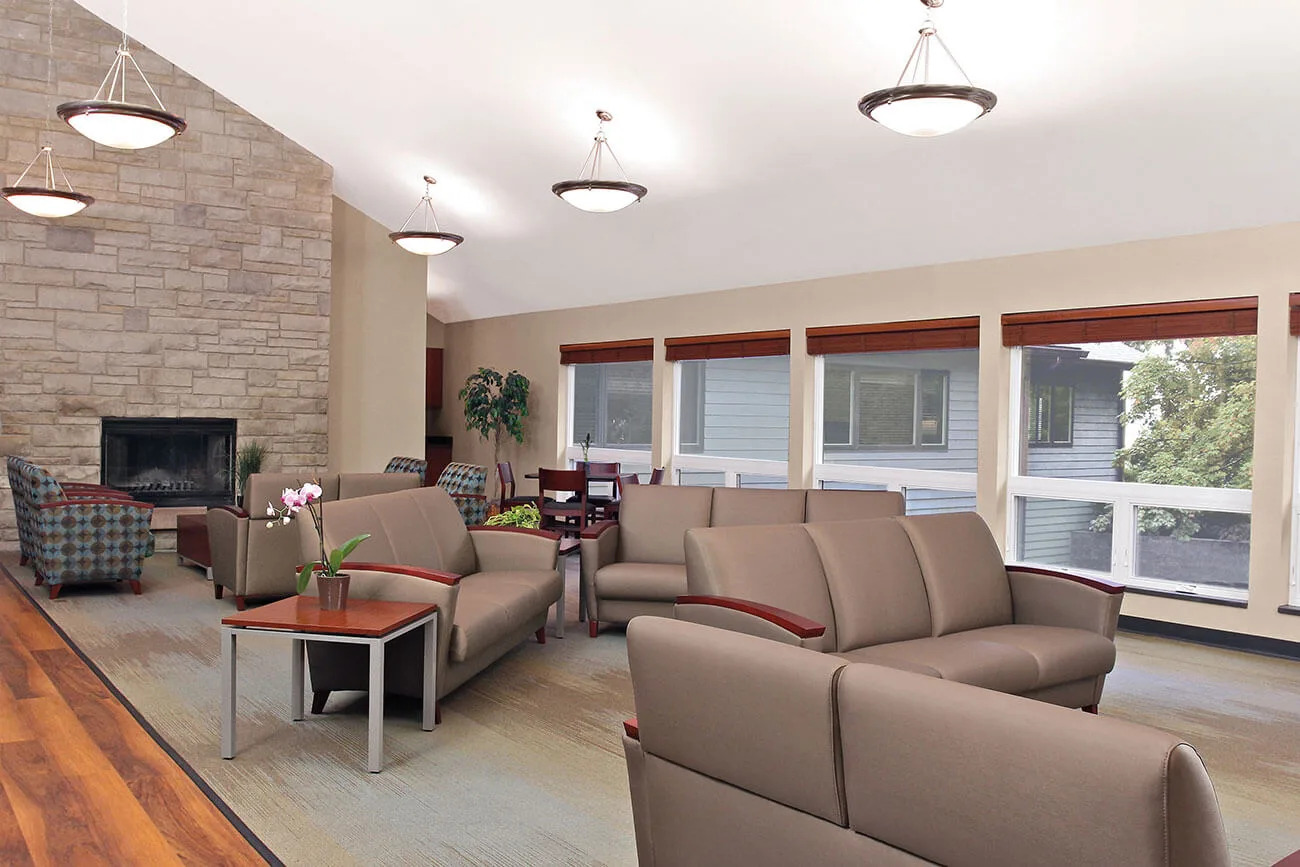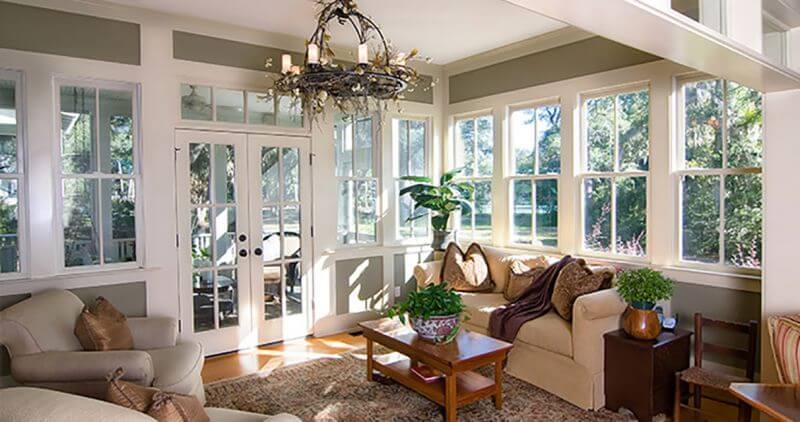The insulated glazing units (IGUs) on replacement windows in Seattle, WA are more than just two panes of glass stuck inside a frame. Manufacturers go to great lengths to make sure the glass on new windows is safe, durable, and efficient. Here are a few of the unseen glazing technologies you might not know about.
Safety Glass
Ordinary glass (annealed) shatters easily into large, dangerous shards that are extremely dangerous. Not ideal to use on windows. So one of the first things you want to verify on your new windows is the type of safety glass. Either one of the following options will improve the safety and security of your home windows.
Tempered glass is one such option. It is heated to 600 degrees and then rapidly cooled under high pressure, leaving the inner surface in tension while the outer surface goes into compression. This gives tempered glass additional strength that can withstand 10,000 psi or more. And if it does break, it shatters into small, harmless pieces.
Laminated glass is another option. For this safety glass, there is a thin layer of polyvinyl butyral (PVB) sealed between two layers of glass. This type of safety glass is made using heat and pressure rollers to sandwich the layers together. And because the glass is chemically bonded to the interlayer it doesn’t break easily. If it does the glass may crack, but will largely remain inside the frame.
Inert Gas Fills
It isn’t ordinary air sealed between the panes of glass on your windows. It is one of the noble gasses manufacturers use to improve energy efficiency. A noble or inert gas has more density than air. This reduces heat transfer without blocking any visible light. Argon is the most common inert gas on double-glazed windows. Krypton is another type of noble gas with even higher energy performance. It is not as readily available and performs better in smaller spaces, so manufacturers generally reserve it for triple-glazed windows.
Low-E Glass
Last, but not least, are the special coatings used on windows to help reflect radiant heat. Low-E glass has an ultra-thin metallic coating applied to a specific glass surface on an IGU. It blocks radiant light and heat while allowing visible light to pass through. And there are two different application processes: soft coat and hard coat.
Soft coat low-E applications are more efficient. But these coatings are fragile and require protection against the elements. So manufacturers sandwich the soft coats between the panes on an IGU.
Hard coat low-E applications are applied at high temperatures and baked onto the surface. These low-E coatings are not as efficient as soft coats, but they are far more durable and work well on the outer surfaces of the glass.
See now how there is so much more to the glass on your replacement windows in Seattle, WA? For more information on these types of technologies or help choosing the right products for your home contact Signature Window & Door Replacement. You can contact us at (253) 887-7792. Or you can visit 22613 68th Ave. S. Kent, WA 98032.


